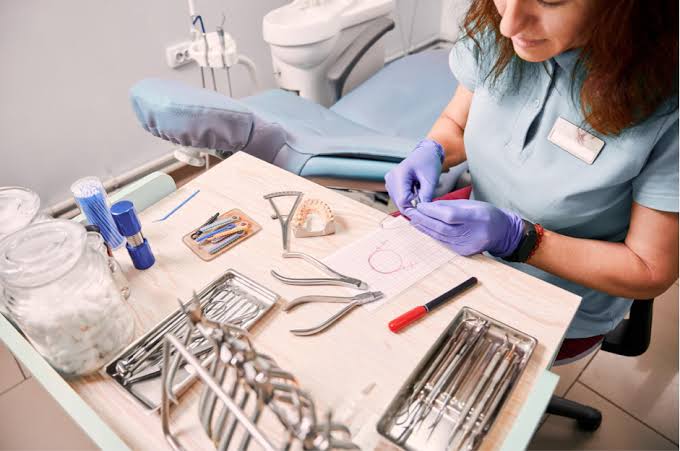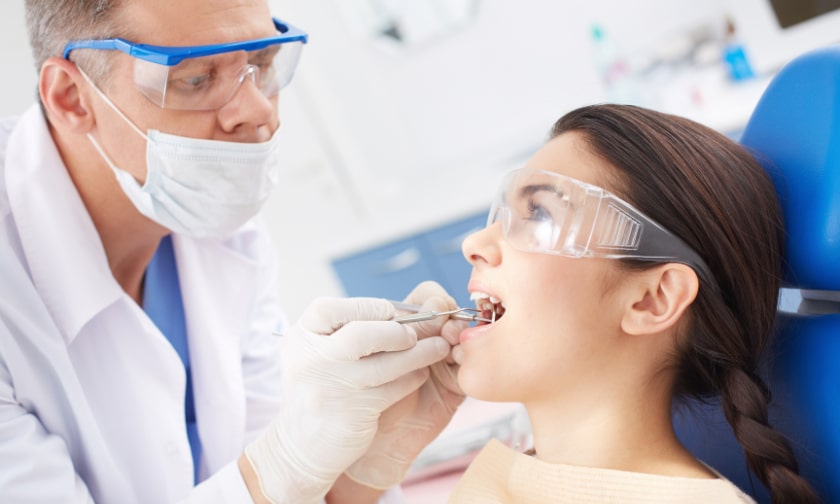Maintaining premium dental instruments in Australia requires a meticulous approach to ensure longevity, optimal performance, and compliance with strict health standards. Australian dental professionals understand the importance of proper care for their high-quality tools, which not only prolongs the life of these expensive instruments but also ensures patient safety and comfort. By following best practices in cleaning, sterilization, and storage, dentists can protect their investment and maintain the highest standards of care in their practice.
Cleaning Procedures
Thorough cleaning is the first and most crucial step in maintaining premium dental instruments. Immediately after use, remove visible debris by rinsing instruments under running water. Use a soft-bristled brush to gently scrub away any remaining particles, paying special attention to joints, serrated edges, and other hard-to-reach areas. For automated cleaning, utilize ultrasonic cleaners with appropriate enzymatic detergents designed for dental instruments. These cleaners effectively remove microscopic debris and provide a deeper clean than manual methods alone.
Avoid using abrasive cleaning agents or steel wool, as these can damage the delicate surfaces of premium instruments. Instead, opt for pH-neutral or mildly alkaline detergents specifically formulated for dental use. Rinse instruments thoroughly after cleaning to remove all traces of detergent, as residue can interfere with sterilization and potentially harm patients.
Sterilization Techniques
Proper sterilization is paramount in Australian dental practices to prevent cross-contamination and ensure patient safety. Autoclave sterilization is the gold standard for most dental instruments. Before autoclaving, ensure instruments are completely dry to prevent corrosion and spotting. Place instruments in appropriate sterilization pouches or cassettes, arranging them to allow steam penetration to all surfaces.
Follow manufacturer guidelines for autoclave cycles, typically running at 134°C for 3-4 minutes for unwrapped instruments or 5-6 minutes for wrapped items. Regularly validate autoclave performance using biological indicators and chemical integrators to ensure effective sterilization. For heat-sensitive instruments, consider low-temperature sterilization methods like ethylene oxide or hydrogen peroxide plasma sterilization, following strict guidelines for these processes.
Proper Storage
Correct storage of premium dental instruments is crucial for maintaining their condition between uses. Store sterilized instruments in a clean, dry environment away from potential contaminants. Use instrument cassettes or organizing trays to prevent instruments from touching each other, which can cause damage to delicate tips or edges. Consider using instrument management systems that allow for easy identification and retrieval of specific tools.
Maintain a consistent inventory system to track instrument usage and sterilization dates. This practice not only ensures compliance with Australian health regulations but also helps identify when instruments need replacement or refurbishment. Regularly inspect stored instruments for signs of corrosion, rust, or damage, addressing any issues promptly to prevent further deterioration.
Lubrication and Maintenance
Regular lubrication is essential for maintaining the smooth operation of hinged or jointed instruments. Apply a small amount of dental-grade lubricant to moving parts after cleaning and before sterilization. Be cautious not to over-lubricate, as excess oil can attract debris and potentially interfere with sterilization processes. For handpieces and other motorized instruments, follow manufacturer guidelines for lubrication frequency and technique.
Perform routine checks on all instruments, paying close attention to cutting edges, tips, and moving parts. Sharpen or replace dull cutting instruments promptly to ensure optimal performance and patient comfort. Schedule professional maintenance for complex instruments like handpieces according to manufacturer recommendations or at least annually.
Water Quality Management
The quality of water used in dental practices significantly impacts instrument longevity. Australian dental professionals should be aware of their local water quality and take steps to mitigate any issues. Use distilled or deionized water for final rinses and in autoclaves to prevent mineral deposits on instruments. Consider installing water filtration systems in dental units to reduce contaminants and mineral content in water lines.
Regularly test water quality in dental units and sterilization equipment to ensure it meets Australian standards. Implement a waterline maintenance protocol, including flushing lines at the beginning of each day and between patients. This practice not only protects instruments but also ensures patient safety by reducing the risk of waterborne contaminants.
Staff Training and Protocol Adherence
Investing in comprehensive staff training is crucial for maintaining premium dental instruments effectively. Develop clear, written protocols for instrument care, cleaning, and sterilization processes. Ensure all team members understand the importance of these procedures and are proficient in carrying them out. Regularly update training to incorporate new technologies or best practices in instrument maintenance.
Implement a system of accountability, with regular audits of cleaning and sterilization processes. Encourage open communication among staff members to address any concerns or suggestions for improving instrument care. By fostering a culture of meticulous attention to instrument maintenance, Australian dental practices can ensure the longevity of their premium tools while upholding the highest standards of patient care.






